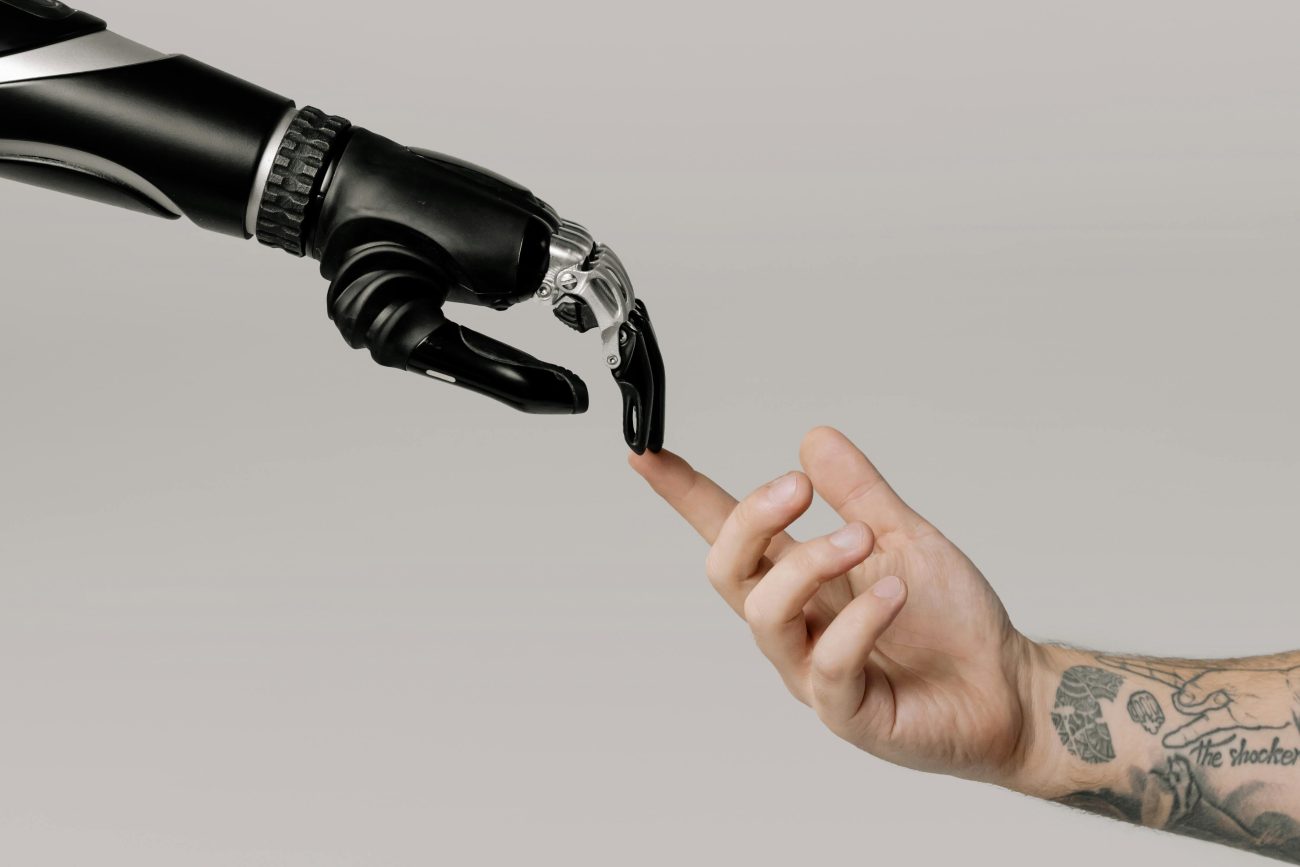In today’s digital age, photo and image editing have become more accessible and powerful than ever before. Thanks to advancements in artificial intelligence, both amateurs and professionals can now enhance, manipulate, and transform images with remarkable ease. AI-powered tools are revolutionizing the way we approach editing by automating complex tasks, offering intelligent suggestions, and enabling creative experimentation—all at a faster pace than traditional software. Whether you’re looking to perfect a personal photo, create stunning visual content for social media, or work on professional projects, mastering AI-driven photo editing opens up a world of possibilities. This article will serve as a comprehensive guide to understanding how AI enhances photo editing, and it will walk you through the steps to become proficient with these innovative tools. Explore the various features, learn practical tips, and discover how to unlock your full creative potential with AI in your editing toolkit.
Unlocking Creative Potential: How AI Transforms Photo and Image Editing
Artificial intelligence has fundamentally changed the landscape of photo and image editing by making powerful capabilities accessible to everyone. Traditionally, editing required a good grasp of complex software and a significant investment of time to achieve professional results. With AI, many of these intricate processes are simplified—automated features handle routine adjustments, freeing artists and hobbyists to focus on their creative vision. For instance, AI can intelligently retouch portraits by smoothing skin, removing blemishes, and enhancing facial features without sacrificing natural appearance. It can also automatically detect and isolate objects within an image for precise editing, enabling complex compositing with a few clicks. This democratization of advanced editing means even those with limited experience can produce high-quality visuals that rival professional work.
Furthermore, AI-driven tools are constantly evolving, learning from vast datasets to provide smarter suggestions and enhancements. This adaptive intelligence helps users experiment confidently, knowing the software can guide them toward improved aesthetics or technical corrections. For example, AI can recommend color grading adjustments, noise reduction, or sharpening techniques tailored to the specific image, leading to more impactful results. Additionally, AI can generate entirely new images or artistic effects, pushing the boundaries of creativity beyond traditional editing. This transformative power empowers users to push their creative limits, explore new styles, and produce images that stand out in a crowded digital landscape.
Finally, the integration of AI with cloud computing and mobile devices means editing is now more flexible and collaborative. Users can access sophisticated AI tools from anywhere, share projects seamlessly, and leverage community-driven features like style transfer and automated enhancements. As a result, photo editing is no longer confined to specialized software or expert skills; it’s a dynamic, accessible creative process that adapts to individual needs and inspires innovation. By understanding how AI transforms editing workflows, users can harness its full potential to craft compelling visuals with efficiency and originality.
Step-by-Step Guide to Mastering AI-Powered Photo Editing Tools
Getting started with AI-powered editing tools might seem daunting at first, but breaking down the process into clear steps makes mastering these technologies much more manageable. First, familiarize yourself with popular AI editing platforms like Adobe Photoshop with AI features, Luminar AI, Topaz Labs, or online tools like Canva and Fotor that incorporate AI functionalities. Exploring their interfaces and understanding the core features—such as auto-enhance, background removal, facial enhancement, and style transfer—sets a solid foundation. Many of these tools offer tutorials, free trials, or demo projects to help you get comfortable with their capabilities without feeling overwhelmed. Starting with a simple project, like improving a portrait or cleaning up a landscape, can build confidence as you learn how AI simplifies complex edits.
Next, practice applying specific AI features step-by-step to develop an intuitive workflow. For example, begin by importing your image and utilizing auto-enhance options to quickly improve exposure, contrast, and color balance. Then, experiment with AI-based retouching tools to refine skin tones or remove imperfections. Use background removal features to isolate subjects for creative composition or to prepare images for printing or digital display. Don’t forget to explore creative filters and style transfer options to add artistic flair—these often rely on AI algorithms that mimic famous art styles or generate unique effects. As you gain experience, try combining multiple AI tools within a project, adjusting settings, and comparing before-and-after results to understand their influence on your images.
Consistency and experimentation are key to mastering AI photo editing. Keep practicing with diverse image types—portraits, landscapes, macro shots—and challenge yourself to achieve different outcomes. Pay attention to how AI suggestions and adjustments impact the overall aesthetic and learn to fine-tune parameters for more natural or dramatic effects. Many AI editing platforms also feature community forums, tutorials, and user guides—use these resources to discover new techniques and troubleshoot issues. Over time, you’ll develop a personalized workflow that leverages AI’s strengths while maintaining your unique artistic voice. Ultimately, mastering AI tools is about blending technological convenience with creative expression, enabling you to produce stunning images efficiently and confidently.
Mastering photo and image editing with AI tools is a journey that combines understanding cutting-edge technology with nurturing your creative instincts. As AI continues to evolve, so do the possibilities for transforming ordinary images into extraordinary visuals. By embracing these tools, you can streamline your workflows, achieve professional-quality results, and explore innovative artistic styles with greater ease. Remember, the key to success lies in continuous practice and a willingness to experiment—letting AI serve as your creative partner rather than just a software feature. Whether you’re a hobbyist looking to enhance personal projects or a professional seeking efficient workflow solutions, mastering AI-powered photo editing opens a world of creative potential. Keep exploring, learning, and pushing your boundaries, and you’ll discover that the future of image editing is not only accessible but also incredibly inspiring.

